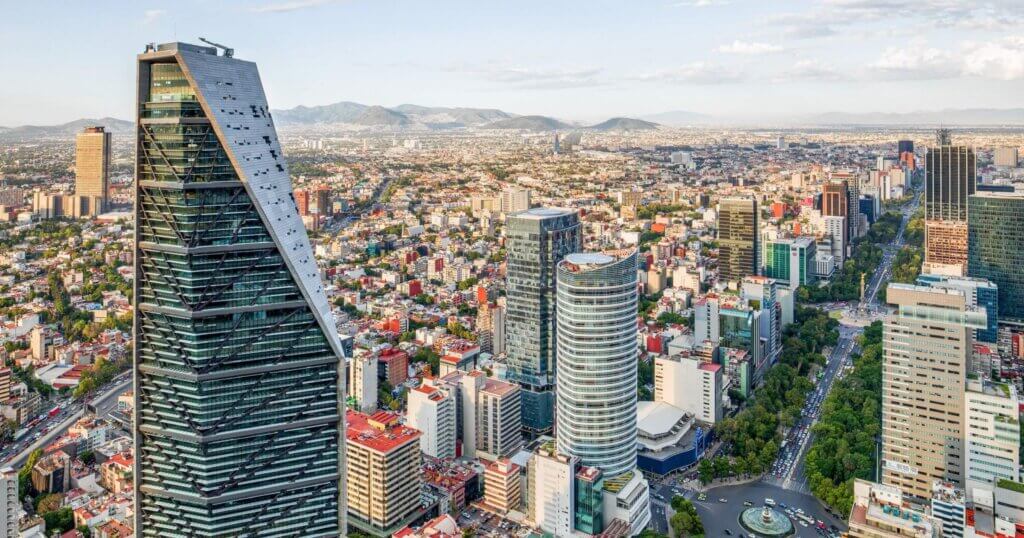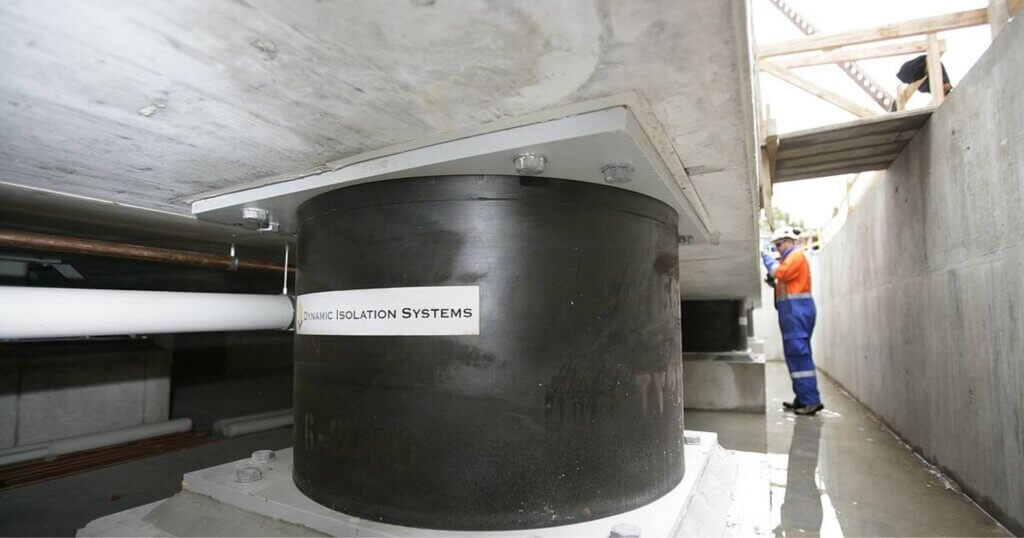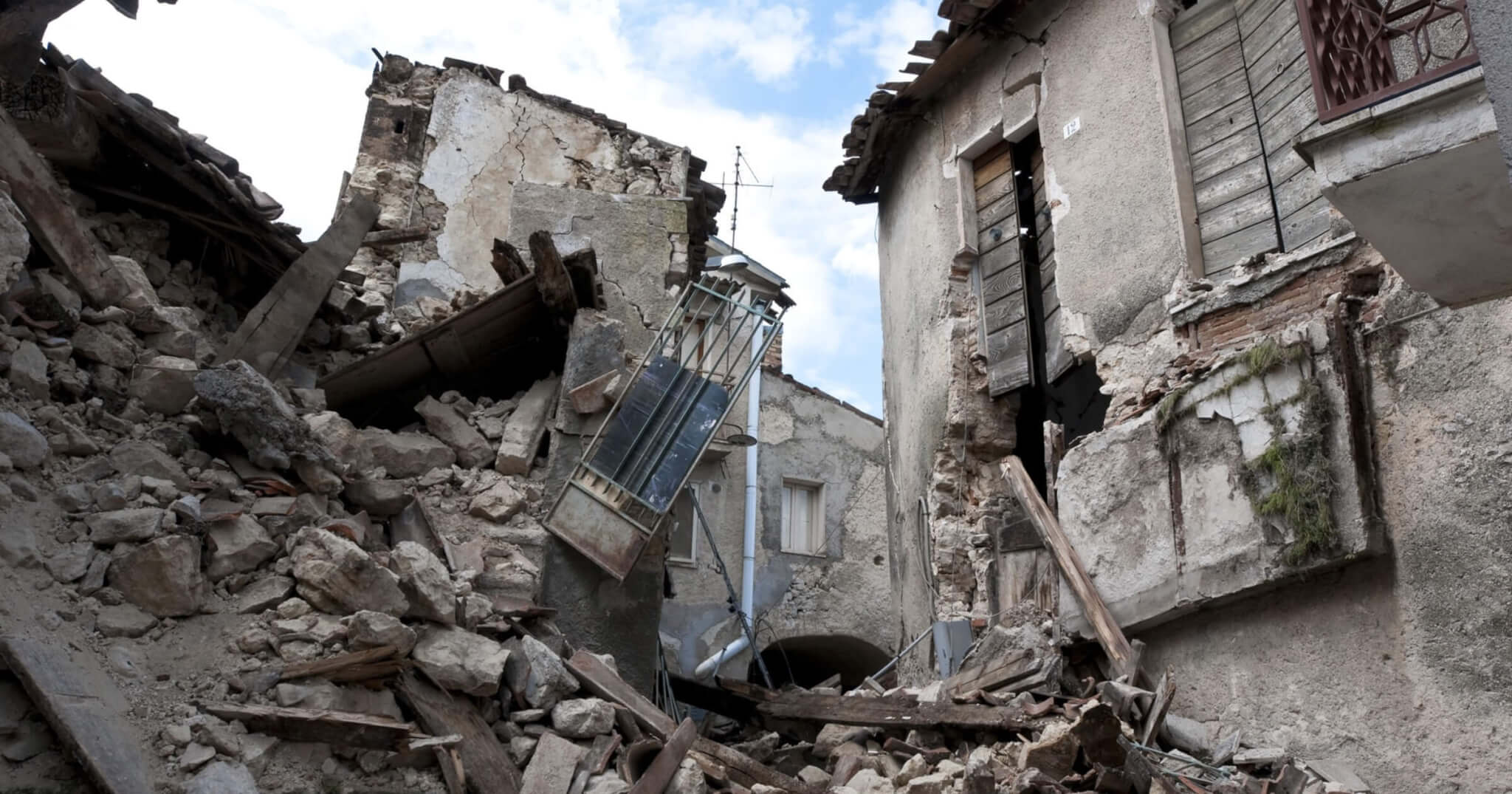When the ground starts to shake, the difference between devastation and safety often comes down to how a structure is built. Whether planning a new build or upgrading an existing one, building earthquake resistant structures is all about smart choices in design, materials, and engineering. With the right approach, it’s possible to create an earthquake resistant house or commercial building that holds up when it matters most. From Mexico City’s Torre Reforma to the base-isolated terminals at Istanbul’s Sabiha Gökçen Airport, these buildings set the standard for earthquake resistance.
Quick look:
- Flexible foundations like base isolators and deep anchors help buildings move safely with the earth rather than resist it.
- Shear walls, cross-bracing, and seismic dampers distribute and absorb seismic energy, keeping buildings stable during a quake.
- Reinforced concrete, structural steel, engineered wood, and even bamboo offer strength and flexibility where it counts most.
- Buildings like Torre Reforma and Sabiha Gökçen Airport showcase how smart engineering creates earthquake resistant structures that last.
Best practices for building earthquake resistant structures
Start with a flexible foundation
A flexible foundation can make all the difference when the earth starts moving. Instead of fighting seismic forces, these foundations are designed to absorb and deflect them. Base isolators, such as rubber bearings or lead-core isolators, are commonly used to separate a structure from the shaking ground below. This allows the building to move independently during an earthquake, reducing stress on the frame. Engineers also sometimes use floating or deep foundations to minimize lateral movement and better anchor the building into more stable layers of soil or rock.
Use seismic dampers
If the foundation is your first line of defense, seismic dampers are your shock absorbers. These devices are built into a structure to reduce the amount of energy transferred from the ground to the building during an earthquake. Think of them like the suspension system in a car—designed to smooth out the ride when things get bumpy.
Several types of dampers are used in earthquake resistant home designs and commercial buildings:
- Fluid viscous dampers use hydraulic fluid to absorb motion
- Friction dampers convert movement into heat by rubbing surfaces together
- Tuned mass dampers counteract sway by moving in opposition to the building’s motion.
A famous example is Taipei 101 in Taiwan—one of the tallest skyscrapers in the world—which uses a massive tuned mass damper suspended between floors 87 and 92. It swings like a pendulum to stabilize the tower during seismic events and high winds, making sure the structure can handle the shocks instead of crumbling under them.

Reinforce with structural supports
Internal strength matters just as much as the foundation. Reinforcing the skeleton of the building with structural supports helps it stay upright and stable during seismic activity.
Key components like shear walls, cross-bracing, and moment-resisting frames work together to distribute seismic forces throughout the structure. Shear walls act like vertical slabs that resist lateral movement, while cross-bracing—often seen as X-shaped supports—helps prevent twisting. Moment-resisting frames allow beams and columns to flex without breaking, giving the structure more room to move safely.
Many modern skyscrapers rely on diagonal bracing systems to achieve this level of stability. These reinforcements are often hidden behind walls or integrated into the frame.
Use earthquake resistant materials
When building earthquake-resistant structures, using materials that can bend, absorb shock, and hold strong under stress help the building sustain the shaking from earthquakes.
Reinforced concrete is a go-to for many builders. Combined with rebar (steel reinforcement rods), it becomes much more durable and better at withstanding compression and tension forces during a quake. Thanks to its flexibility, structural steel is another top pick. It can bend without snapping, making it ideal for absorbing seismic energy.
For those leaning into more sustainable or residential earthquake resistant home design, materials like engineered wood and bamboo offer strength and flexibility. For modern projects, carbon fiber composites are another great choice due to their high strength-to-weight ratio and ability to reduce structural load.
Avoid columns on the ground floor
Open designs, known as soft stories, are especially vulnerable during earthquakes because they lack the lateral support needed to handle shaking. The result? Upper floors can collapse right down onto the lower level.
This is common in older apartment buildings or commercial spaces with parking or retail on the ground floor. The structure has very little resistance to side-to-side motion without solid walls or supports.
Engineers often retrofit lower levels with reinforced columns, steel frames, or shear walls to make these designs safer. These upgrades distribute the seismic force more evenly and prevent the dreaded “pancake” effect during a quake.
Build effective drainage systems
It’s easy to overlook drainage when considering earthquakes, but water and poor soil stability can seriously compromise even the strongest foundation. During seismic activity, excess moisture in the soil can cause shifting, erosion, or even liquefaction. That’s a big problem if you’re trying to keep a structure upright.
That’s why building earthquake resistant structures also means planning for proper water management. Sloped land grading helps channel rainwater away from the building, while deep foundations anchor the structure into more stable ground. Using permeable materials like gravel, sand, or specially designed concrete can also help absorb and direct water safely away from the base.
For residential builds and earthquake resistant home design, taking drainage into account early on can save a lot of trouble and cost later. It’s one of those behind-the-scenes features that quietly protects your structure when it matters most.
Examples of earthquake resistant home design
Looking at how others have successfully tackled the challenge of seismic design is one of the best ways to learn. These buildings show what’s possible when smart engineering and design come together to stand the test of time.
Torre Reforma – Mexico City, Mexico

This 57-story skyscraper is one of Latin America’s most earthquake resistant buildings. Torre Reforma is built with reinforced concrete walls and an innovative triangular bracing system that allows it to flex and absorb seismic forces. Its asymmetrical design was intentional, making sure stability on Mexico City’s soft soil.
Sabiha Gökçen International Airport – Istanbul, Turkey

Istanbul is located in a seismically active region, so safety is a top priority. When expanding this major airport, the terminal was built with advanced base isolator technology, allowing the building to move with the earth rather than resist it. This design has made it one of the largest seismically isolated buildings in the world.
Bottom line
Building earthquake resistant structures requires innovative design, careful planning, and the right materials. From flexible foundations and seismic dampers, to reinforced supports and effective drainage, each element plays a role in helping buildings withstand the force of an earthquake.
Want more insights like this? Subscribe to our newsletter for expert tips, design inspiration, and updates on the latest in structural innovation and safe building practices.



1 comment